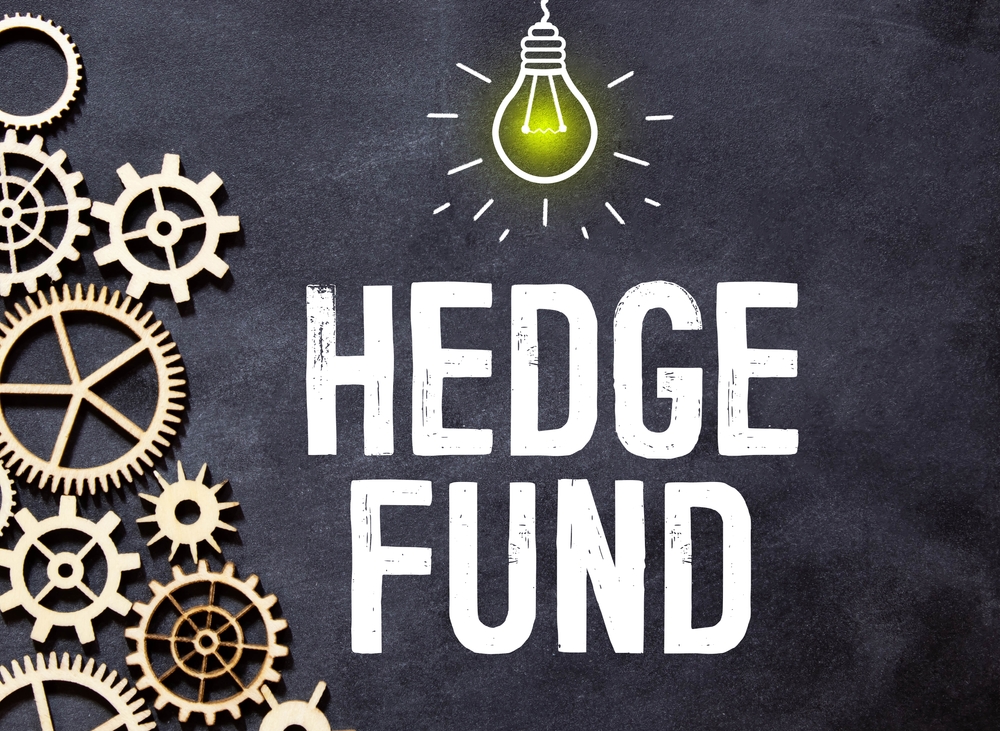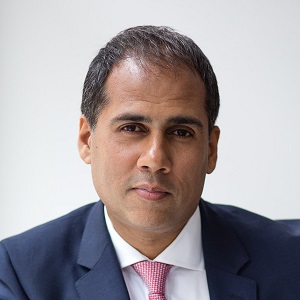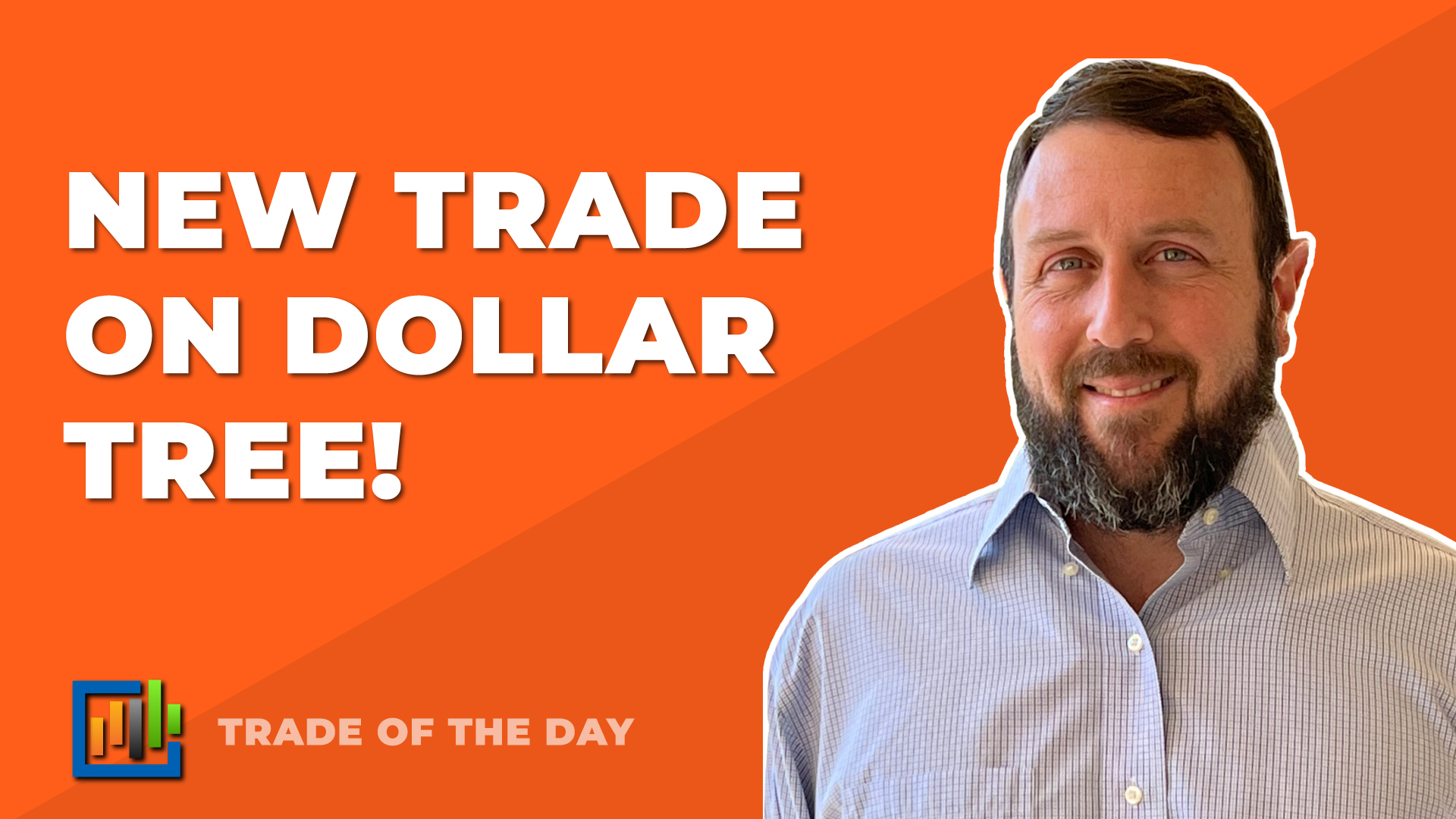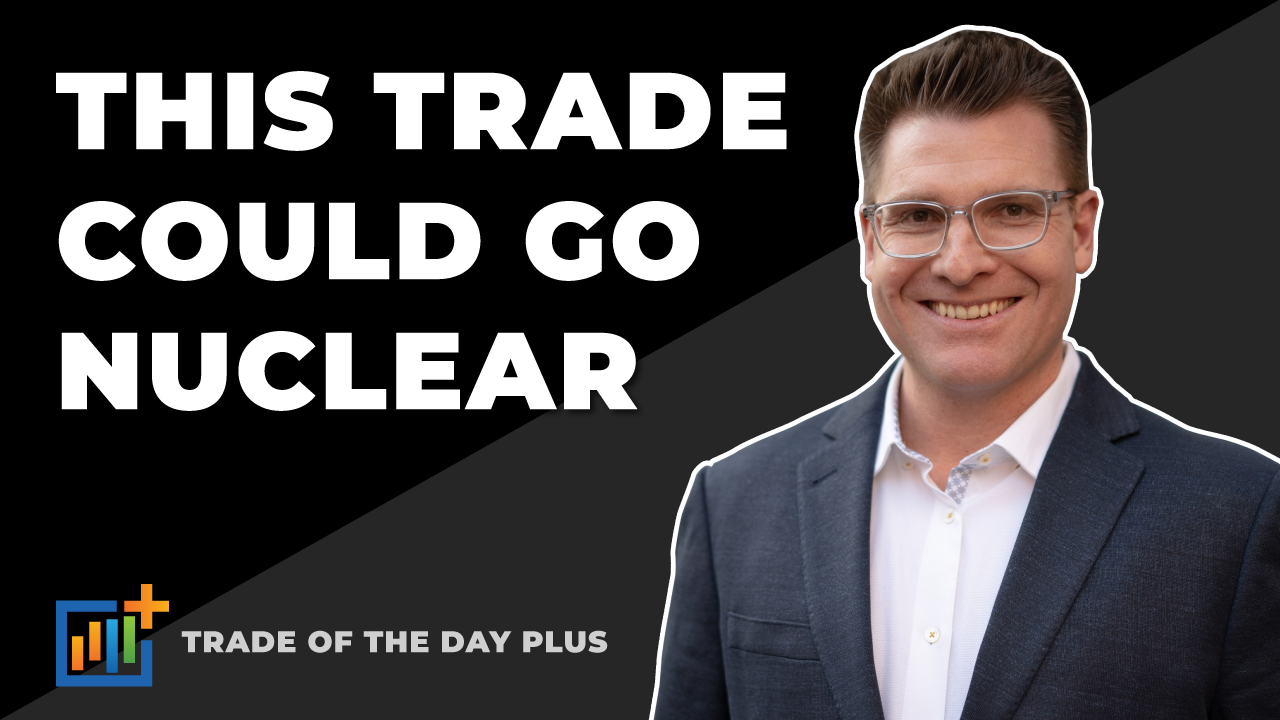| Editor's Note: You're in for a treat today... Alpesh Patel may be the most famous investor to ever grace the pages of Trade of the Day. He started his own hedge fund... is a bestselling author and entrepreneur... and was a Dealmaker for British royalty. And in this market, he's asked daily what the smartest move for normal (i.e., non-multimillionaire) investors to make is. So today, he's sharing the No. 1 tool he trusts to point him and his followers toward the best opportunities. It's a tool that has historically been reserved for ultra-wealthy investors. But using it could be the single best way to not just survive market downturns... but come out the other side of them wealthier than ever. See how right here.
Alpesh Patel, Trading Champion, Manward Press Let me share with you a unique indicator that could boost your chances of scoring some big gains. It's one of my personal favorites. It's a metric that's not as well-known as price-to-earnings ratio (P/E) or even discounted cash flow (DCF), but it's behind the advice given by two of the world's largest wealth management firms to their wealthiest clients. Deutsche Bank invented it. Goldman Sachs Private Wealth Management uses it extensively in its stock selection. Cash return on capital invested (CROCI) may not sound like an important cause of stock returns... But it can help you target the stocks that are best positioned to not just survive but thrive. I first learned about it at a lunch presentation at Goldman Sachs Private Wealth Management. I was seated next to then-Chairman Jim O'Neill when the company's quantum division (cool name, eh?) made its presentation. My jaw dropped. I kept the slides (and still have them!). Now, not every stock with a good CROCI score will generate solid returns... After all, a tailwind boosts returns, while a financial crisis evaporates them. And some sectors do better than others - like oil, mining, auto, capital goods, consumer staples, discretionary retail and tech. I've been using this formula since 2010, based on data from the preceding decade. Through bull and bear markets and corrections, it's been the secret sauce that's taken portfolios from good to great. Today, I'd like to let you in on this powerful hedge fund secret... and show you why it leads to such astonishing returns. Show Me the Money In the simplest terms, CROCI measures how much cash a company produces on the capital it has had invested in it. It's a measure of efficiency. It's harder to manipulate cash than it is to manipulate earnings or profits. So CROCI paints a truer picture. The higher the CROCI, the better. (In fact, I invest only in companies with a CROCI score of 10 or higher.) It's almost obvious: Companies that produce more cash on the capital they have perform better. They produce more cash by generating more sales and having fewer expenses. For example, if you don't need to spend lots of money on capital goods (e.g., airplanes), can use the same machinery for years, have fewer staff members and generate lots of sales (demand)... you get more cash. But of course, that is also too simple. High-return companies have traded at a persistent and substantial premium... yet have significantly outperformed as their assets and cash flows have grown. Let me explain... The market is willing to pay a premium for companies with high cash growth. (After all, cash is king.) When we look at the trend of the average top 25% and the average bottom 25% of CROCI companies by measuring their gross cash invested, companies with low cash returns tend to generate slower growth, and - no surprise - companies with high cash returns tend to generate faster and more sustained growth. | 











No comments:
Post a Comment